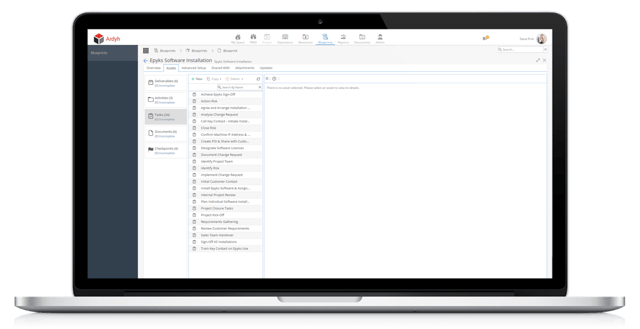6 steps to successful project planning in an uncertain world
We live in a world of constant change and uncertainty so it follows that when planning our projects and resources we need to be realistic and develop a more flexible and dynamic approach.
In this article we look at the main challenges Project Managers face when planning their projects and resources in an uncertain world and ways to overcome them to make the process more effective. With the help of Star Trek, let's intoduce the main challenges:-
The domino effect
Captain! Project X is running late and Spock and Sulu are stuck on Mars for the next two weeks. At this rate we'll never be able to start the Special Space Project on-time!
The bottleneck
We only have three plasma teleportation engineers on ship and they are all booked up, and the Lightyear Project can't start without them.
Changing priorities
Captain, the vessel upgrade work needs to start on the 30th April otherwise we will miss the moon phase which is critical.
How can you overcome these?
The first is understanding what you have available.
You cannot control what you can’t measure. To plan your projects and have a full understanding of what resources you need, there are certain elements that need to be present.
1. Transparency and Visibility
What exactly is going on? You need complete transparency of the true picture. Too often we only get second-hand or limited information that creates a false sense of understanding.
2. Timeliness
We need timely, accurate information. The world changes fast and sometimes old data is worse than useless. The top-down approach is risky because of information delays and the quality of the information degrades rapidly for each layer added.
3. Historical Know-How
Possessing a historical frame of reference is crucial to understand what is happening. Historical data and performance metrics give you perspective and the ability to develop benchmarks for success; standards or points of reference against which things may be compared.
How do you go from fire-fighting to prevention?
4. Adopt a data driven approach
All planning needs to be driven by the data and what the numbers tell you. A historical frame of reference gives you the ability to develop benchmarks to allow the information to be used to forecast and plan. Thus the quality of the available data directly influences your ability to plan correctly.
5. Embrace the dynamic nature of planning
As reality is in constant motion, it follows that our planning needs to adjust dynamically to these changing circumstances so that it can be a proactive and structured process of continuous re-evaluation and improvement.
When we bring this awareness fully into our planning phase it is apparent that planning cannot be fixed. A flexible approach allows you to bring in risk management and 'what-if' scenarios and to alter course when change happens. Hydra Cloud project management solutions with its unique blueprint technology helps you manage and embrace change and helps your organisation to define, execute, control and govern your projects organically within the planning framework.
Example of Hydra blueprint technology
6. The devil is in the detail
Detail is a good thing. The more detailed knowledge you have about the data, the more detailed and granular your planning can be, enabling you to move away from project assignment to activity assignment. This in turn gives you the ability to better plan and forecast your capacity at task level. This detail can also prevent you losing some of your resources in the shadows; those that are hiding or have 'gone missing' between assignments.
Resource Management Maturity Model

This simple Resource Management Maturity model shows the process and key stages of adoption from a basic level of planning where there is visibility but resources are assigned without any control or oversight to a granular level of full task-level planning which drives capacity management and resource assignment.
Resource management maturity takes time and patience and requires a full understanding of how it can drive process improvements and optimisation.
Conclusion
- Resource planning is complex, subject to many challenges and doomed to failure if not driven by data and processes;
- It starts with a true understanding of who is doing what, when and utilises timely and relevant data;
- Historical information drives benchmarking models to allow accurate forecast and planning;
- The more flexible and dynamic your planning, the more you will have the ability to anticipate and respond to changing priorities, business needs and unknown factors;
- Complete project planning and resource optimisation is a journey that is never completed but step by step can produce large rewards.
For more on resource optimisation, follow Themesparx’s journey of transformation to successful resource scheduling and project planning. To read their story, please click the link below.



